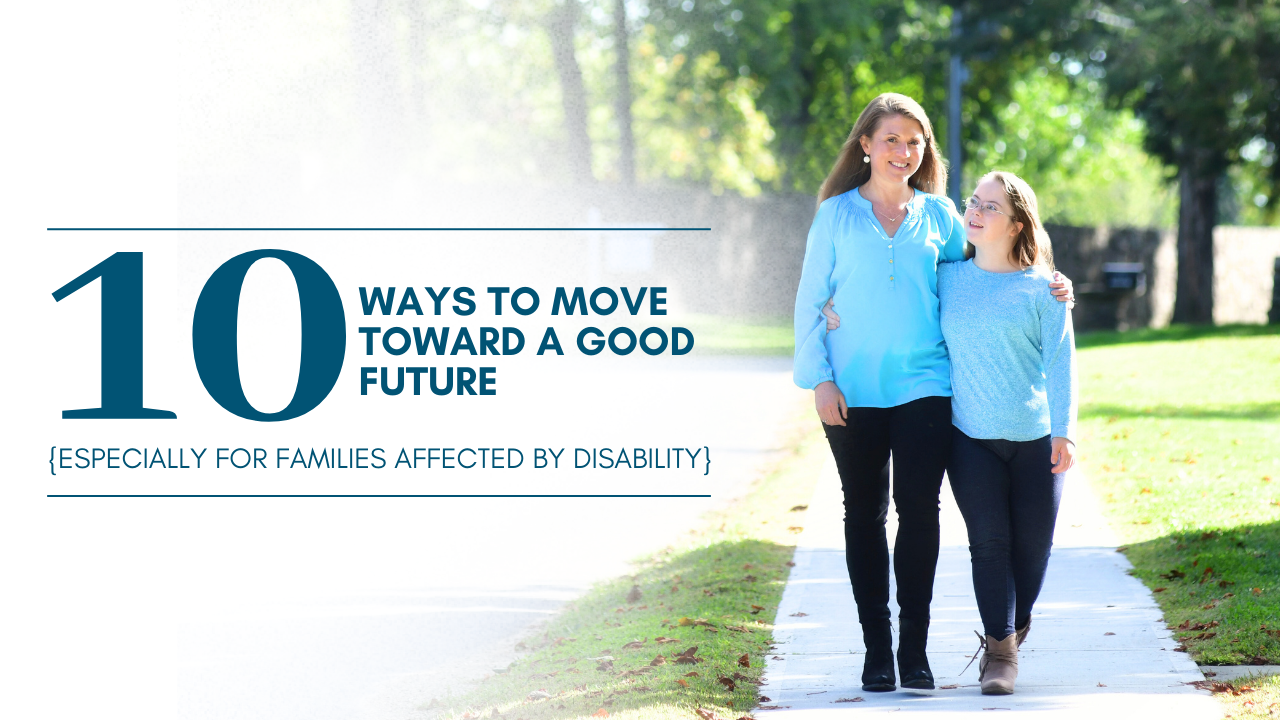The false self is fragile. The true self is vulnerable.
It can be really hard to know the difference.
The true self is the part of me that is what Christians call the imago Dei, the image of God. It’s the most true part of me. The part that reflects who God is, the part that receives and gives love. The true self is both strong and beautiful and needy and vulnerable. Able to be wounded. And able to be healed because the true self is able to be loved.
The false self is the part of me that performs for other people. That appears confident, even arrogant. But the false self lives out of fear. Fear that I won’t measure up. Fear that I’m not worthy. The false self is defensive. The false self is not vulnerable, but it is fragile. It can be shattered like a china plate by words of truth.
Having a child with a disability, recognizing my own perfectionism and the ways it harms me and others, coming face to face with all the ways I want to prove myself to the world rather than receive God’s abundant love for me–these have all been moments of shattering my false self.
That shattering has been painful. And in the wake of the shattering, I’ve had a choice—do I build it back up again with thicker defenses? Or do I allow my true self to emerge, vulnerable and needy, ready to receive love?
I still get defensive and fragile. But I am learning more about how to live out of the truth of my own belovedness. I am learning to open myself up to vulnerability and wounding, which opens me up to the possibility of healing.
More with Amy Julia:
- Fitting Inside God’s Upside-Down Kingdom
- What If We Choose a Different Way?
- When Anger at Others Is Really Anger at Myself
If you haven’t already, you can subscribe to receive regular updates and news. You can also follow me on Facebook, Instagram, Twitter, Pinterest, YouTube, and Goodreads, and you can subscribe to my Love Is Stronger Than Fear podcast on your favorite podcast platform.




